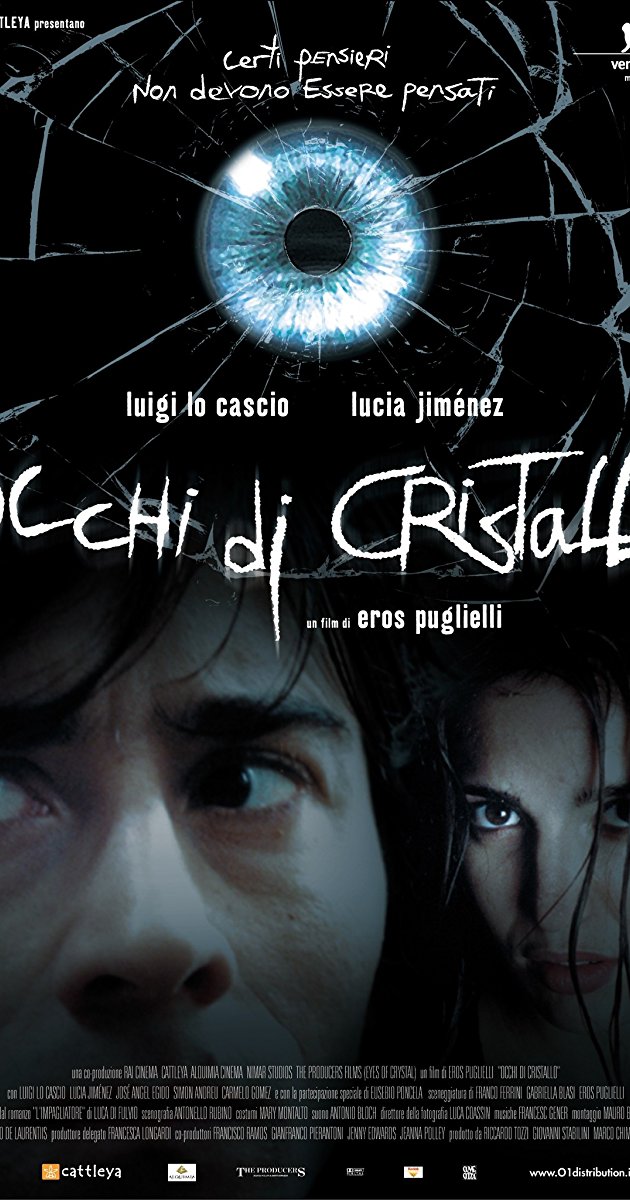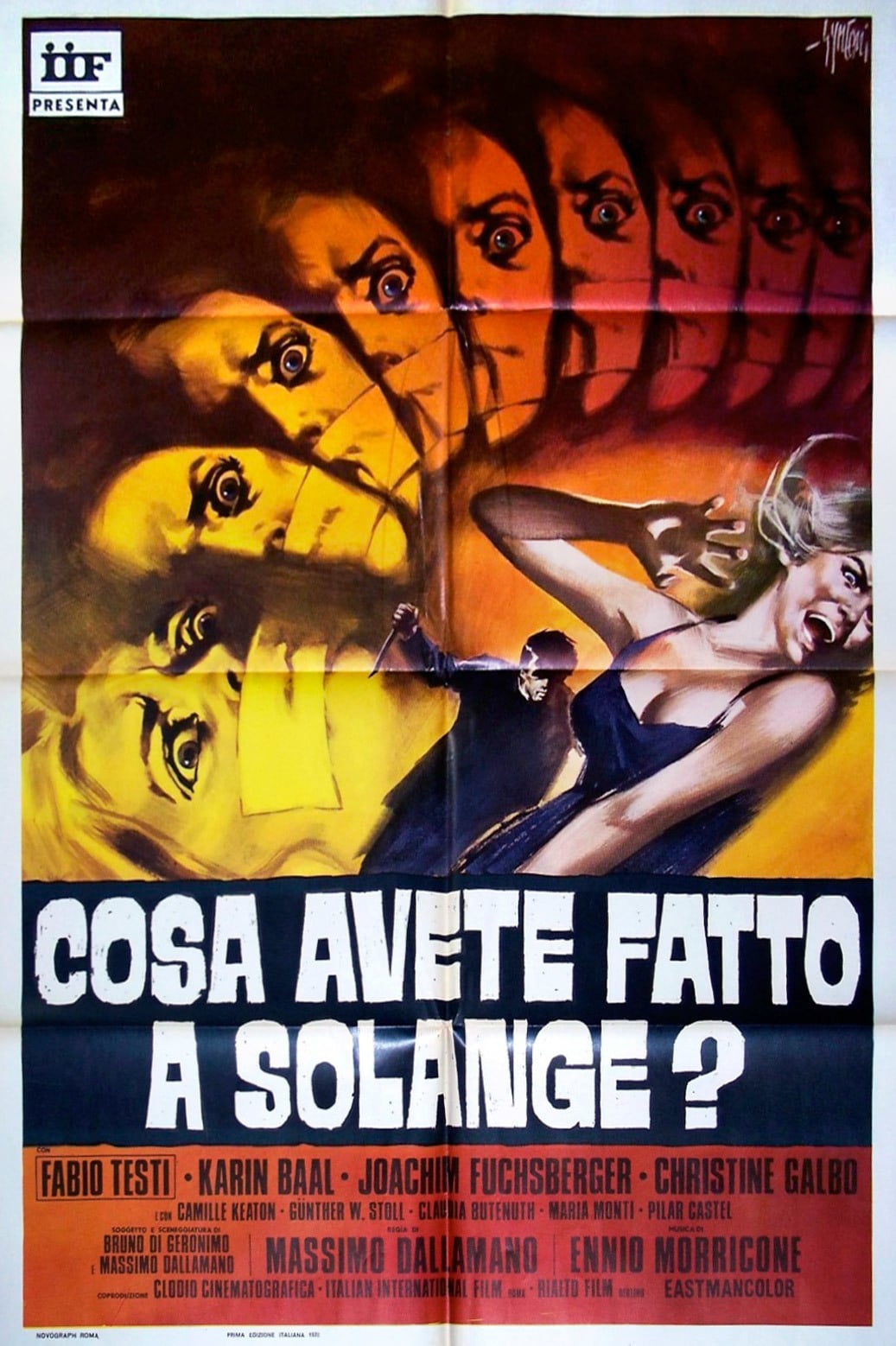Inspector Amaldi and his partner Frese, in between visiting their ailing boss in hospital and romancing girls who've come to them for protection from stalkers, try to solve the case of a taxidermist who's going around lopping limbs off people (after killing them). They soon realise that events from their boss Ajaccio's childhood may hold the key to unlocking the case within which the solution to the case may be found...
This film displays at least as many, and probably far more, American influences than Italian ones. There's a vaguely CSI feel to it all, with the focus on crime scene aftermaths* and police investigation (and, going slightly further back, the crime scenes sometimes come across as Se7en-lite). The typical late 90s/early 00s drab Italian photography is livened up occasionally by CSI-esque high contrast lighting, and a couple of chase scenes, and some flashbacks, employ jazzy music video editing. There's even a hint of Manhunter, with the tortured Amaldi seemingly unable to avoid throwing all of himself into every case (and some of himself into some of the subjects of some of the cases).
Amaldi is a decent character, though; far more interesting than your average movie cop. He has the dark past which lingers over him like a perpetual raincloud, even if he's probably not as astute a cop as the likes of Manhunter's Will Graham (a criminally long amount of time elapses between the killer being identified as an amateur taxidermist, and the police actually finding a viable suspect). Speaking of viable suspects, the amateur sleuth (AKA the viewer; the traditional amateur detective character being almost extinct in twenty first century gialli) has a grand total of two from whom to choose. One of these is heavily red herringed, which pretty much does the sleuthing work for you (although the film does try and trick you by having the killer look about 20 years younger than the age that logic dictates he must be).
Eros Puglielli, who probably deserved a better career than he's gone on to have, could have given himself a fighting chance of a surprising reveal if he'd limited the killer's unmasked screentime to a single, relatively innocuous, early appearance. Having them return halfway through the film to remind the viewers of their existence, and deliver some fairly ponderous exposition, is, however, a dud move. I'll hold my hands up and say that I haven't read the novel upon which the film is based, so I don't know whether Puglielli has improved upon or bungled the original work. Either way, he shows some nice touches, and could probably have delivered a properly stylish thriller with more money and better material (couldn't we all though?).
There are a few giallo 'homages', with one of the more overt being the central plot device of a killer constructing a human doll from murder victims' body parts (a nod to Frankenstein via Lamberto Bava's Body Puzzle). There are a couple of small nods to Argento (climbing up a rickety ladder to access a building via a first floor window being one), as well as a modern take on the artificial-looking person-falling-down-a-cliff effect beloved of Lucio Fulci. Puglielli doesn't throw in any overt homages, which is to his credit-I don't need to be reminded of other, better films when watching something. He's made his own beast, something which he may have seen as a US-influenced thriller rather than a giallo (the film seems to have been primarily marketed as a straight thriller, and he describes it as a 'gothic film' in the 'Making Of' documentary) yet which, more than probably any other Italian film this century, proves that the giallo doesn't have to be a thing of the past, and that its DNA still pervades the odd Italian thriller. It's just a shame that the Italian film industry seems to have taken a leaf** from Inspector Amaldi's book of slow investigations, and is taking its sweet time about actually linking that DNA to a fully-viable suspect(/great giallo film).
|
|
* You can almost see the genesis of the torture porn genre when listening to crime scene pathologists describing the horrors which have been visited upon the unfortunate victims; all a screenwriter has to do is take this block of text and convert it from dialogue to a scene description, and-hey presto!-you have yourself a torture scene.
** This is an excellent reference to the film, which has the unfortunate unintended consequence of leading the remainder of the sentence down a cul-de-sac of tortured analogy. |


 RSS Feed
RSS Feed
